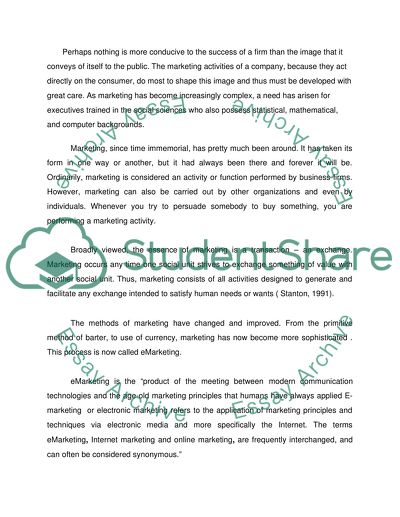Cite this document
(Business Research Issues and Analysis: Advantages and Disadvantages of Paper, n.d.)
Business Research Issues and Analysis: Advantages and Disadvantages of Paper. Retrieved from https://studentshare.org/e-commerce/1533368-e-marketing-master-essay
Business Research Issues and Analysis: Advantages and Disadvantages of Paper. Retrieved from https://studentshare.org/e-commerce/1533368-e-marketing-master-essay
(Business Research Issues and Analysis: Advantages and Disadvantages of Paper)
Business Research Issues and Analysis: Advantages and Disadvantages of Paper. https://studentshare.org/e-commerce/1533368-e-marketing-master-essay.
Business Research Issues and Analysis: Advantages and Disadvantages of Paper. https://studentshare.org/e-commerce/1533368-e-marketing-master-essay.
“Business Research Issues and Analysis: Advantages and Disadvantages of Paper”, n.d. https://studentshare.org/e-commerce/1533368-e-marketing-master-essay.


